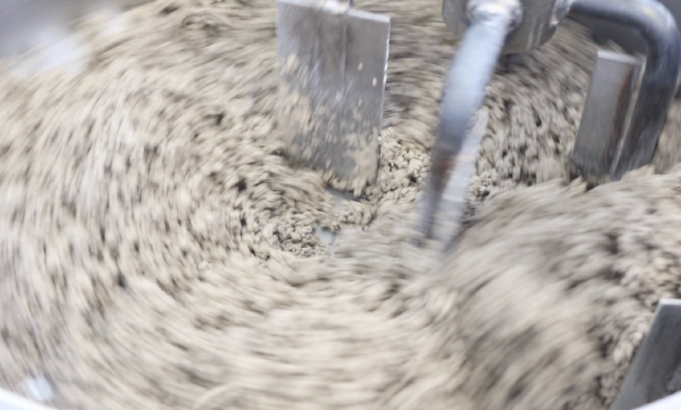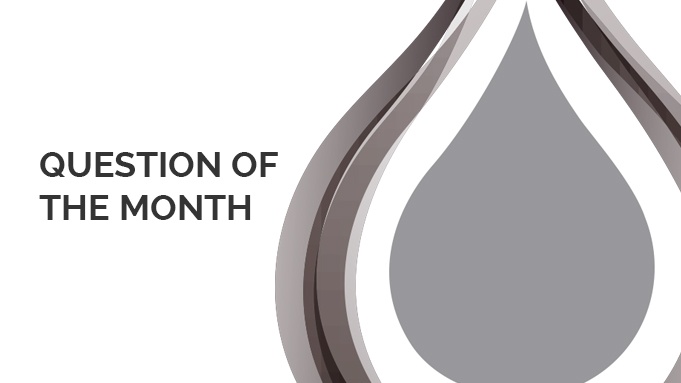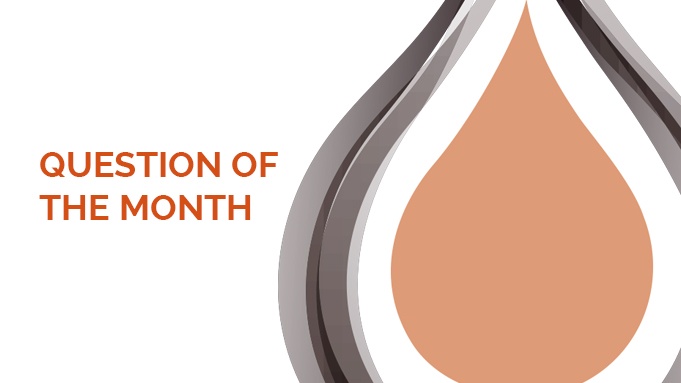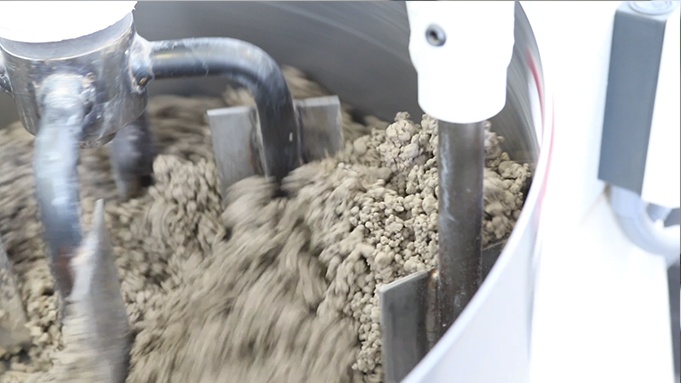Monolithic refractories have developed over the years to become what they are today. This technical blog post will talk specifically about castables, gunning mixes and dry vibratables and how they have evolved.
QUESTION OF THE MONTH: How can I know what is the best product for my process?
By Yaiza Paños 06-Sep-2018 07:00:00
There is a wide variety of conditioners available in the market, but it's not always easy to find the right one for your clay specifications. Our technicians have experimented with different products and clays and they have a few comments to make.
Temaer: Structural, Question of the month, Decorative, Clay additives
CONSISTENCY
Reducing variability in materials and processes is vital to making quality structural clay products. Consistency is key to raw materials in the matters of selection, mining, grinding, mixing, and extrusion. Additional processes that require consistency include drying and firing.
Temaer: Structural
QUESTION OF THE MONTH: How can I make my tiles thinner maintaining the strength
By Yaiza Paños 02-Aug-2018 07:30:00
Large and thin tiles are one of the most important trends in the ceramics market right now, as we have already talked about in this blog. However, the manufacturing of these thinner tiles can be tricky, and maintaining the quaity is a challenge.
Temaer: Question of the month, Decorative, large tiles, Plasticity
Registration, Evaluation, Authorisation & restriction of CHemicals (REACH) is a regulation that aims to make the handling and commercialisation of chemicals safer. Many industries and markets have had to adapt to this new regulation, and we have identified ways in which REACH can actually bring oportunities to the heavy clay manufacturing sector.
Temaer: Structural
Refractory materials are fabricated in two forms: shaped and unshaped (monolithic) refractories. Shaped refractories include fired and unfired materials with predetermined shapes, precast shapes and fusion cast refractories. Monolithic materials include plastic mixes, castables, ramming materials, dry vibratable, gunning materials, fettling materials, coatings and mortars. Monolithic materials differ from refractory bricks in that they are not shaped and fired before use. These materials do not have high energy requirements, are more readily available, take shorter times to install, can be repaired locally and require less manpower.
Temaer: Refractory
QUESTION OF THE MONTH: How can we measure results of a clay conditioner?
By Yaiza Paños 05-Jul-2018 07:04:00
Clay conditioners can bring several benefits to your production process, but how can you measure effectively its effects on your specific process? We have asked this question to our R&D experts in the ceramic lab and this is what they have answered.
Temaer: Structural, Question of the month, Decorative, Clay additives
Registration, Evaluation, Authorisation & restriction of CHemicals (REACH) is a regulation that aims to make the handling and commercialisation of chemicals safer. In this blog article we talk about how this regulation affects heavy clay manufacturing in particular.
Temaer: Structural
For many years, bentonite has been introduced in ceramic bodies to enhance plasticity in an economic way. However, its use in ceramics is not only bringing advantages but also some inconveniences related to its ability to increase plasticity. Its layer structure is responsible for these properties.
Temaer: Decorative, bentonite, raw materials, Drying
Once you have decided that using a clay additive will be the best solution for your production problem, you have to decide what quantity is the best for your specific production process.
Temaer: Structural, Question of the month, Clay additives











